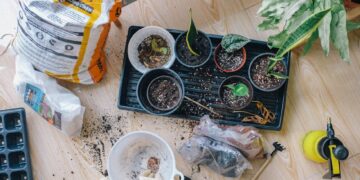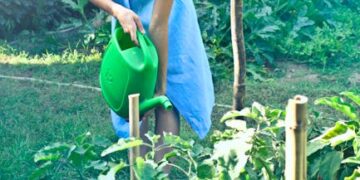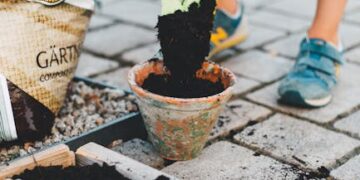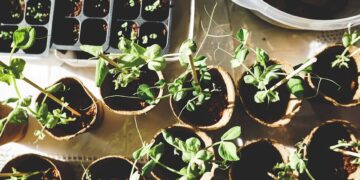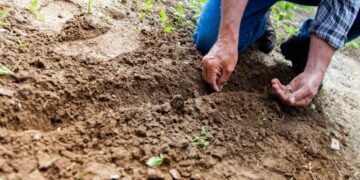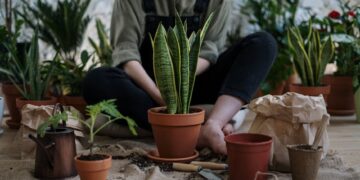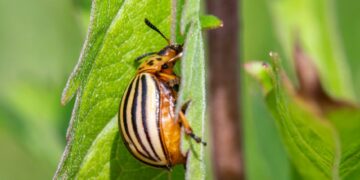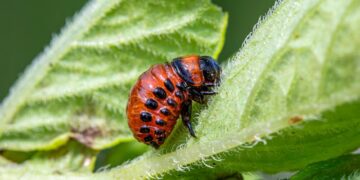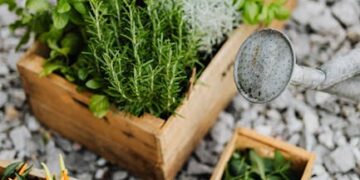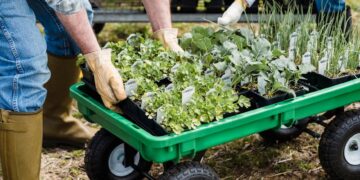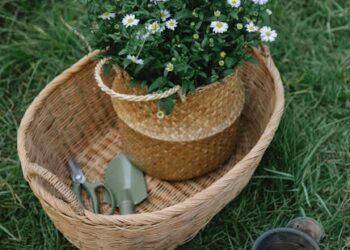Essential Tips for Maintaining Garden Plant Health: A Beginner’s Guide
Embarking on a gardening adventure can be both exciting and daunting, especially for beginners. Your garden, a vibrant tapestry of greens and colors, requires a bit more than just occasional watering and hope. Understanding the fundamentals of plant health can transform your gardening journey from a hit-or-miss to a thriving oasis. This article unfolds essential yet simple tips to keep your garden plants healthy, ensuring a lively and flourished backyard that delights all year round.
Understanding Your Garden’s Ecosystem
Every garden is unique. Before you start plotting out where to plant your hydrangeas or where to start your vegetable patch, take a moment to understand your garden’s specific conditions.
Observing Your Garden’s Setting
Observe the amount of sunlight your garden receives and at what times of the day. Some plants thrive in full sun, while others flourish in partial shade. Furthermore, understanding your soil type—whether it is sandy, clay, or loamy—can significantly impact your plant choices and their subsequent care.
Right Plant, Right Place
Choose plants that will thrive in your garden’s conditions. For example, placing a sun-loving plant in a shady corner might hinder its growth. Similarly, water-loving plants may not perform well in dry, sandy soils unless consistently irrigated.
Feeding Your Plants Appropriately
Nutrients are the building blocks for any plant’s growth. Just like humans, plants require a balanced diet to flourish.
The Role of Fertilizers
Understanding the basics of fertilizers is key to plant health. Fertilizers are primarily composed of three major nutrients: nitrogen (N), phosphorus (P), and potassium (K). Each element serves a unique purpose; nitrogen promotes leaf growth, phosphorus supports root and flower development, and potassium aids in overall plant health.
Organic vs. Synthetic Fertilizers
While synthetic fertilizers are fast-acting, organic fertilizers release nutrients more slowly and improve soil structure. Compost, bone meal, and seaweed are excellent organic choices that keep your garden environmentally friendly and sustainably nourished.
Maintaining Moisture and Irrigation
Water is essential, but too much or too little can be harmful to your plants. Establishing a consistent watering schedule tailored to your plants’ needs is crucial for optimal health.
Watering Techniques
Drip irrigation or a soaker hose provides water directly to the roots where it’s most needed, reducing evaporation and waste. For potted plants, ensure adequate drainage to prevent root rot, which can occur in waterlogged containers.
Monitoring Soil Moisture
Invest in a simple soil moisture meter or use the finger test—insert a finger into the soil up to the second knuckle. If the soil feels dry, it’s time to water; if damp, check back later.
Combatting Pests and Diseases
Even the healthiest gardens occasionally face pests and diseases. Early detection and proper management are critical to preventing outbreaks that can ravage your plant life.
Preventive Care
Maintain cleanliness in your garden. Remove fallen leaves and debris which may harbor pests or disease. Introducing beneficial insects like ladybugs can naturally control aphid populations.
Natural Remedies
For mild infestations, homemade remedies such as soap sprays or neem oil can be effective. These options are safer for your plants, the environment, and local wildlife compared to chemical pesticides.
Regular Pruning and Maintenance
Pruning not only helps to maintain a plant’s structure and appearance but also encourages healthy growth and fruit production.
When to Prune
Typically, pruning should be done during the dormant season or after blooming, depending on the plant species. This helps to stimulate new growth and allows for a more controlled shape and size of your garden plants.
Tools and Techniques
Keep your tools clean and sharp to ensure clean cuts that heal quickly. Use the right pruning techniques, such as cutting at a 45-degree angle, to avoid damaging the plant.
Conclusion: Ongoing Learning and Adaptation
Gardening is a journey of continuous learning. Each season brings new challenges and opportunities for growth—both for the gardener and the garden. By implementing these essential tips regularly, you’ll cultivate not just healthy plants, but a deeper understanding of the natural world around you.
Remember, the most vibrant gardens are products of patience, care, and a lot of love. So, keep nurturing your garden, and it will surely bring joy and beauty into your life for many years to come.

